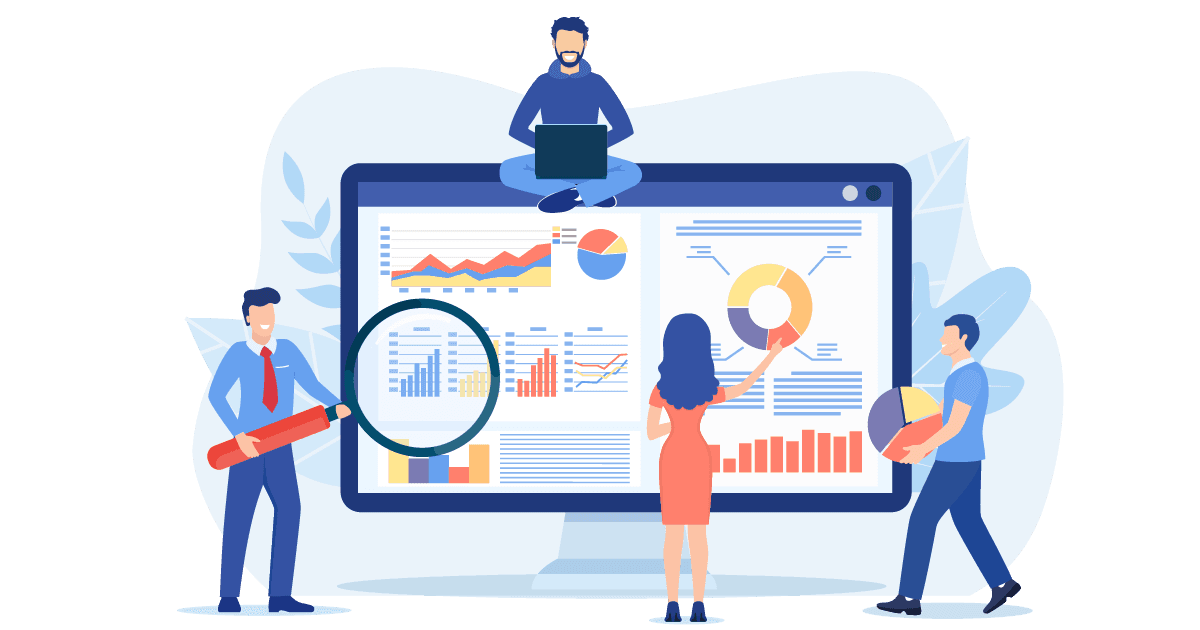Welcome! Today, we will learn about analytics. This guide is simple and easy to understand. Let’s begin!
What is Analytics?
Analytics is the process of looking at data. Data can be numbers, words, or facts. We use analytics to understand this data. It helps us make better decisions.
Why is Analytics Important?
Analytics helps us in many ways:
- It helps businesses make better choices.
- It shows what is working and what is not.
- It helps save time and money.
Types of Analytics
There are different types of analytics. Let’s look at some of them:
1. Descriptive Analytics
Descriptive analytics tells us what has happened. It looks at past data. For example, it can tell us how many products we sold last month.
2. Diagnostic Analytics
Diagnostic analytics tells us why something happened. It helps find the reasons. For example, it can tell us why sales went down last month.
3. Predictive Analytics
Predictive analytics tells us what might happen in the future. It uses past data to make guesses. For example, it can tell us how many products we might sell next month.
4. Prescriptive Analytics
Prescriptive analytics tells us what to do. It gives advice based on data. For example, it can tell us to make more ads to sell more products.
How Do We Use Analytics?
We can use analytics in many ways. Here are some examples:
1. In Business
Businesses use analytics to make better choices. They look at data to see what customers like. They use this information to improve their products.
2. In Healthcare
Doctors use analytics to understand patient data. It helps them give better treatment. It also helps in finding diseases early.
3. In Sports
Teams use analytics to improve performance. They look at data from games. They use this data to train better and win more games.
4. In Education
Schools use analytics to understand student performance. They look at test scores and attendance. They use this data to help students learn better.

Credit: digital.gov
Tools for Analytics
There are many tools to help with analytics. Here are some popular ones:
| Tool | Description |
|---|---|
| Google Analytics | Helps websites track visitors and their behavior. |
| Excel | Helps with data organization and simple analysis. |
| Tableau | Helps create visual reports from data. |
| R | A programming language for advanced data analysis. |
| Python | Another programming language for data analysis. |
Steps to Start Using Analytics
Here are the steps to start using analytics:
1. Collect Data
First, collect the data you need. This can be from sales, website visits, or other sources.
2. Organize Data
Next, organize the data. Use tools like Excel to sort and filter the data.
3. Analyze Data
Then, analyze the data. Look for patterns and trends. Use tools like Google Analytics or Tableau.
4. Make Decisions
Finally, use the analysis to make decisions. This can help you improve your business or project.
Common Terms in Analytics
Here are some common terms you might hear in analytics:
- Data: Information collected from different sources.
- Metrics: Measurements used to track performance.
- KPIs: Key Performance Indicators. Important metrics for business goals.
- Dashboard: A tool to display data in visual formats.
- Big Data: Very large sets of data that need special tools to analyze.

Credit: blog.google
Benefits of Using Analytics
There are many benefits to using analytics:
- Helps make better decisions.
- Shows what is working and what is not.
- Helps save time and money.
- Improves customer satisfaction.
- Helps find new opportunities.
Challenges in Analytics
There are also some challenges in using analytics:
- Data quality can be poor.
- Analysis can be complex.
- Tools can be expensive.
- Requires skilled people.
Frequently Asked Questions
What Is Analytics In Simple Terms?
Analytics is the process of examining data to find patterns and insights.
Why Is Analytics Important For Businesses?
Analytics helps businesses make informed decisions, improve performance, and understand customer behavior.
How Does Data Analytics Work?
Data analytics involves collecting, processing, and analyzing data to draw meaningful conclusions.
What Are The Types Of Data Analytics?
There are four types: descriptive, diagnostic, predictive, and prescriptive analytics.
Conclusion
Analytics is a powerful tool. It helps us understand data. It helps us make better decisions. There are many types and uses of analytics. There are also many tools to help. Start using analytics today. It can help you in many ways.
Thank you for reading this guide on analytics. We hope you found it helpful. Start exploring analytics today!


.jpg)
No comments:
Post a Comment